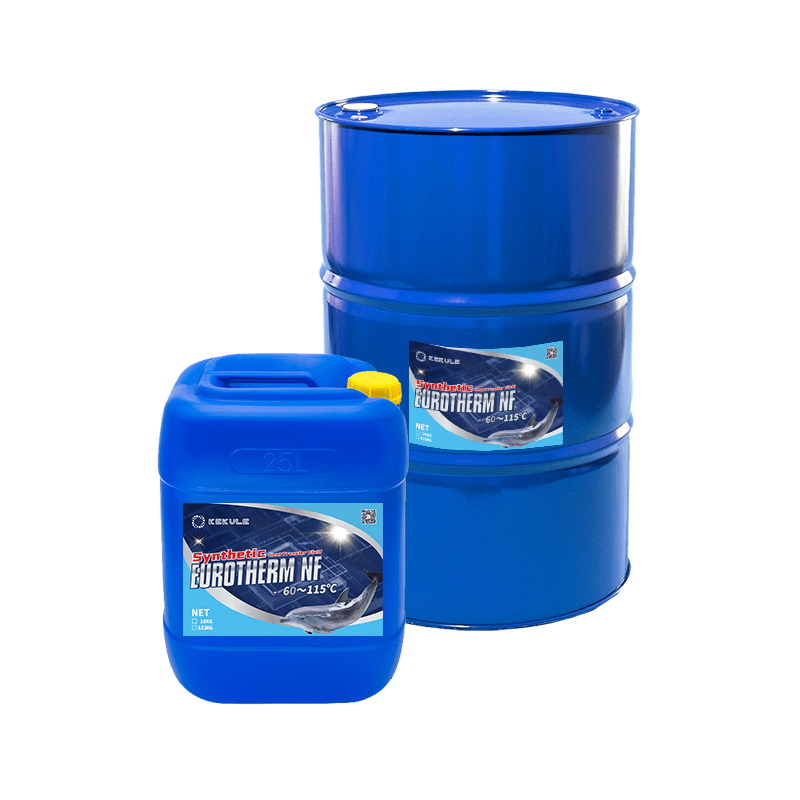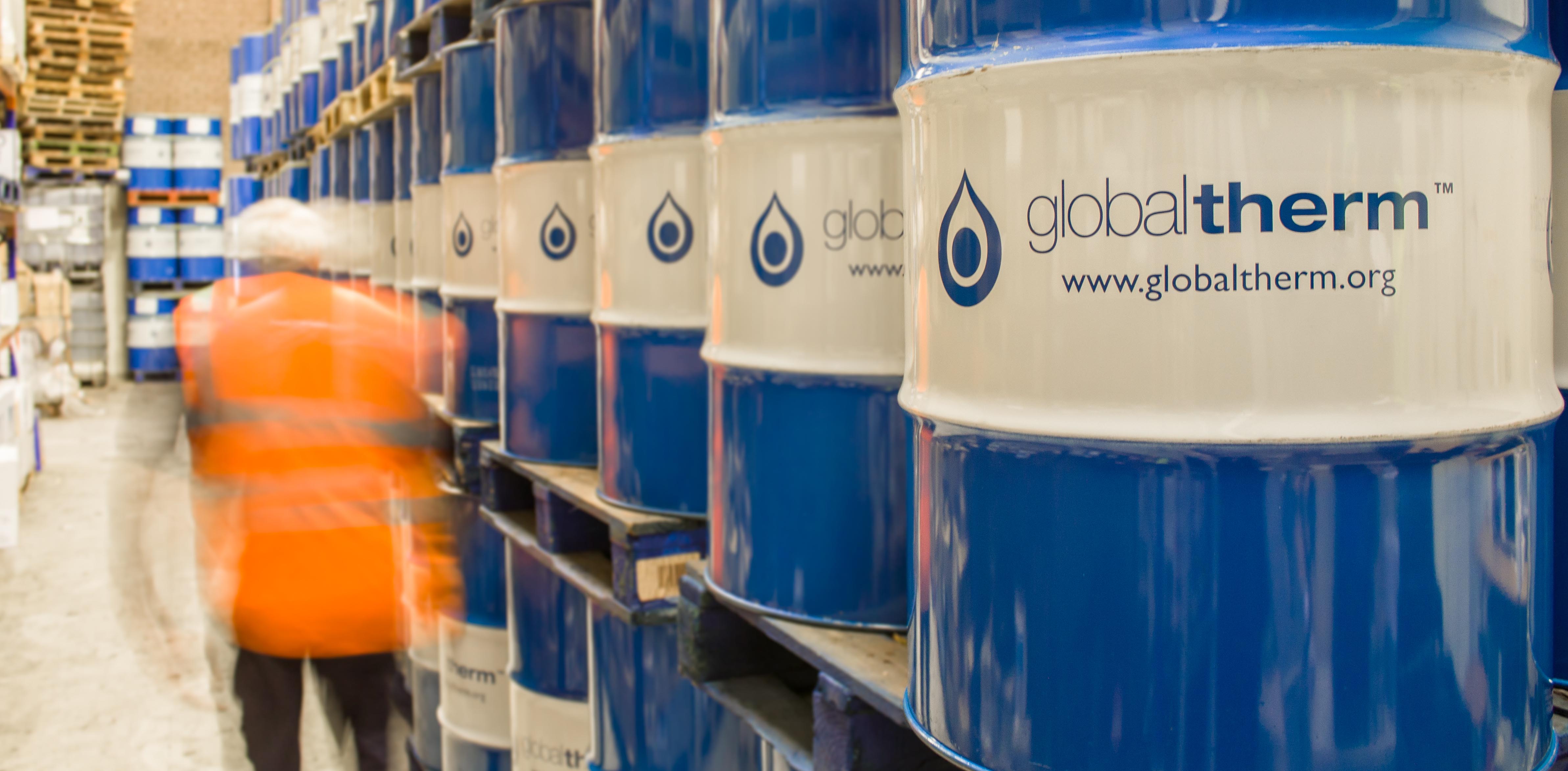Why Picking the Right Heat Transfer Fluid Is Essential for Optimal System Efficiency
Picking a suitable warmth transfer fluid is a crucial choice that can significantly influence system effectiveness and functional prices. The appropriate fluid not only improves thermal efficiency yet additionally ensures long life and reliability of devices, minimizing the danger of costly downtimes. Key buildings such as thermal conductivity, thickness, and thermal security must be carefully examined to optimize power usage and stay clear of potential failures. As the ramifications of this option expand far past prompt performance, comprehending the nuances of liquid selection comes to be essential for any person wanting to accomplish optimal system effectiveness. What aspects should be focused on in this critical decision-making process?
Value of Heat Transfer Fluids
What function do heat transfer liquids play in commercial processes? Heat transfer liquids are essential for the effective transfer of thermal power within different commercial systems. They facilitate the movement of warmth from one place to another, making sure that processes run within optimum temperature arrays. Their main feature is to take in warm from a resource, such as a furnace or reactor, and deliver it to an end individual, like a warm exchanger or purification column.
The option of warmth transfer liquid can dramatically affect energy safety and security, effectiveness, and tools durability. Liquids have to be qualified of withstanding high temperatures and stress without weakening, in addition to exhibit very little volatility and low poisoning. Their performance directly influences not only the efficiency of the system however also its functional prices.
Moreover, heat transfer liquids play an essential role in preserving procedure control, making sure that temperature changes are decreased. This is especially important in sensitive applications such as pharmaceuticals and petrochemicals, where accurate temperature management is essential. Overall, the relevance of choosing the ideal warm transfer liquid can not be overemphasized, as it is essential to maximizing commercial procedures and enhancing general system efficiency.
Key Residence to Think About
When selecting a warm transfer fluid, which vital residential or commercial properties should be focused on to ensure optimal performance? Primarily, thermal conductivity is important; a fluid with high thermal conductivity will successfully move heat, minimizing power loss. Additionally, the particular warm capacity of the fluid is crucial, as it determines how much power the fluid can save and launch, affecting total system responsiveness.
Viscosity is an additional substantial residential or commercial property to take into consideration, as it affects the liquid's circulation attributes; lower thickness liquids are typically liked for less complicated flow and reduced pumping power. The liquid's temperature level range is similarly essential; it should do efficiently within the operational temperatures of the system without vaporizing or degrading.
Chemical security is important to avoid deterioration with time, which can result in system ineffectiveness and potential failings - dielectric cooling fluid. Additionally, compatibility with system materials should not be forgotten to stay clear of corrosion or damage to parts. Lastly, think about the environmental influence and safety and security profile of the liquid, as policies and sustainability objectives progressively affect fluid choice. By focusing on these essential homes, one can select a warm transfer fluid that improves system resilience and dependability.

Effect On System Efficiency
The option of warm transfer liquid straight affects system performance, influencing both energy usage and operational performance. A fluid's thermal conductivity, thickness, and heat ability play crucial roles in exactly how successfully it transfers warm within link a system. Optimum liquid homes make sure that warmth is soaked up and dispersed efficiently, decreasing energy losses and boosting the total performance of the system.

In addition, the compatibility of the liquid with system materials can significantly affect performance. A liquid that triggers deterioration or deterioration can bring about leaks and system failures, even more diminishing efficiency. In summary, the best warm transfer liquid not just maximizes energy effectiveness and minimizes prices but also improves the dependability and long life of the system, making it a vital consideration for engineers and decision-makers in thermal administration applications.
Usual Sorts Of Heat Transfer Fluids
A variety of heat transfer fluids are typically employed in thermal management systems, each with unique buildings matched to specific applications. Water is one of the most commonly made use of warmth transfer liquids because of its high certain warm capability, inexpensive, and availability. Its freezing point limits its usage in low-temperature applications.
Thermal oils, typically stemmed from oil, are one more prominent option, particularly in high-temperature systems. These liquids can run at elevated temperatures without vaporizing, making them perfect for commercial applications. Nonetheless, they might have restrictions concerning thermal stability.
Refrigerants, used mainly in cooling systems, have one-of-a-kind thermodynamic buildings that enable effective heat transfer at low temperature levels. Their choice is crucial to make sure effectiveness and compliance with ecological regulations.

Furthermore, stage modification products (PCMs) are acquiring traction for their ability to absorb and launch substantial amounts of warmth throughout phase transitions, using an one-of-a-kind solution for thermal energy storage. Each fluid's particular attributes must be reviewed for ideal efficiency.
Best Practices for Option
Choosing the proper warm transfer fluid entails careful consideration of numerous crucial aspects that align with the details demands of the application. Evaluate the operational temperature level variety. The fluid should keep its homes and effectiveness across the desired temperature spectrum. Second, consider the fluid's thermal conductivity, which influences warm transfer prices; higher thermal conductivity typically leads to improved efficiency.
In addition, examine the fluid's viscosity, as it influences pumping energy and total system performance. Lower thickness fluids commonly lower power intake during blood circulation. Compatibility with system products is another essential facet; make certain that look what i found the fluid does not cause rust or degradation of pipelines and components.
Next, take into account the liquid's stability and long life, especially in high-temperature applications. A secure fluid lessens upkeep and replacement expenses. Environmental and security guidelines should lead your selection process, stressing safe and eco pleasant alternatives when feasible.
Verdict
To conclude, picking the ideal heat transfer fluid is vital for achieving optimal system effectiveness. The ideal liquid boosts thermal conductivity, lowers power losses, and advertises devices long life, ultimately resulting in improved system reliability and performance. Understanding the key residential or commercial properties and impacts of numerous liquids on system performance is critical for educated decision-making. Complying with ideal techniques in fluid choice can result in considerable long-lasting price savings and operational efficiency.
Warm transfer fluids are vital for the efficient transfer of thermal power within various industrial systems. Furthermore, the particular heat capability of the fluid is crucial, as it determines exactly how much energy the liquid can keep and release, affecting overall system responsiveness.
Consider the ecological effect and safety profile of the liquid, as policies and sustainability goals increasingly affect fluid choice - heat transfer fluid. A fluid's thermal conductivity, viscosity, and warm capability play essential roles in exactly how properly it transfers warmth within a system. Water is one of the most extensively utilized warm transfer fluids due to its high details warm capability, low cost, and schedule